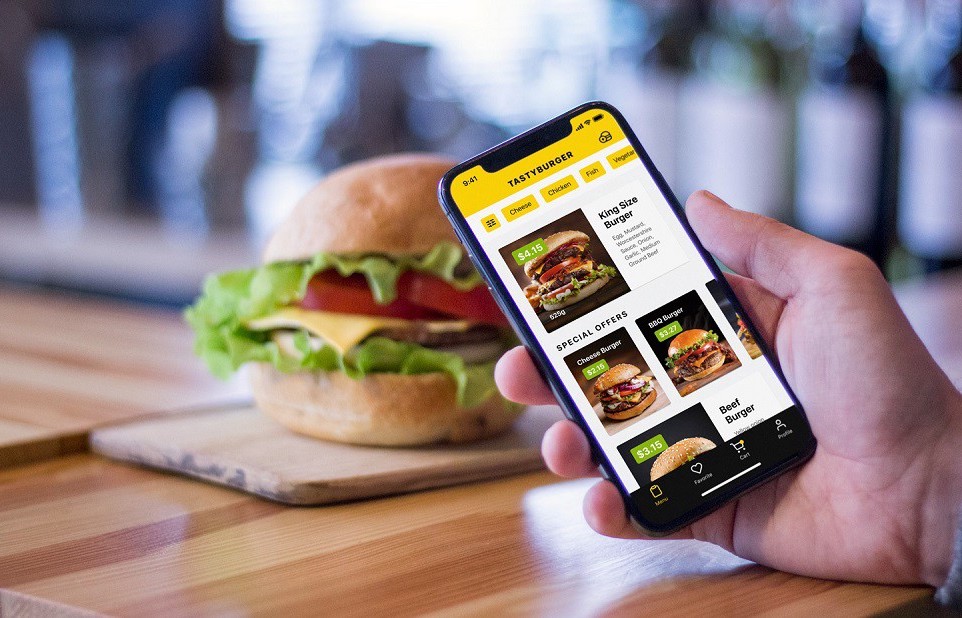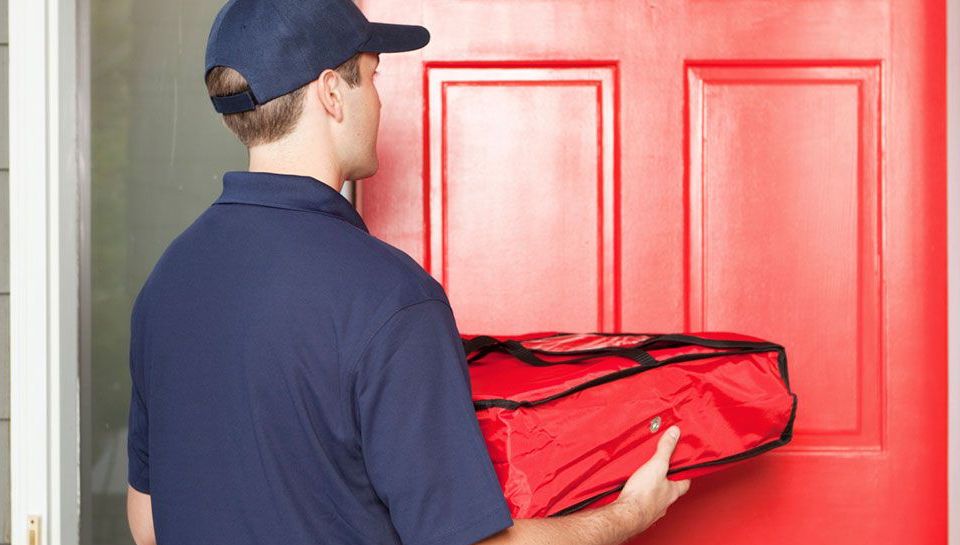Online Food Delivery becomes key for the industry
Online shopping continues to open up new horizons for more traditional business models, such as the food and catering industry, which has led to a considerable increase in the number of food delivery platforms in recent years.
Although for the 90% of deliveries the customer still contacts directly the local restaurant by phone, it’s estimated that in the following years most orders will be made through applications instead. Currently 2 out of 3 orders are made through the mobile phone and 1/4 of these are made online.
Worldwide companies as UberEats, JustEat or Deliveroo have taken advantage of this market trend and have positioned themselves in many European and North American cities to become intermediaries between restaurants and customers. These services are based on placing orders for a wide variety of restaurants depending on the customer’s location, through a website or a mobile application, in which meals can be compared, you can rate the service and post comments.

To deliver the orders, there are two different models. The most traditional of them is based on the fact that restaurants have control of the logistics and delivery of their orders, while only receiving the orders from the application. The JustEat platform follows this model. In contrast, new platforms such as Deliveroo, Glovo or UberEats have built their own logistics networks to provide restaurants with the shipping service. This model leaves the restaurant focusing only on their real business which is preparing a good meal, while allows extending the delivery services to all type of restaurants. Now, not only big fast-food chains are able to offer their food at your home step, but every restaurant as they don’t have to make a big investment to create a logistics service, it is already provided for them. These companies are taking over the market because sharing this same logistic network for all the hundreds of restaurants they serve is more profitable and because they are able to expand the offer by having your favorite small local restaurant to order, which is way more attractive to all different types of customers.
It’s estimated that the worldwide market for food deliveries has a value of 83 billion euros, representing around 1% of the total food market, and 4% of food sales in restaurants or fast food chains. In 2019, it’s expected that in the United States more than $ 12.5 billion will be spent on food delivery online. Likewise, it’s expected that the use of online platforms in this market will grow by 40% until 2020.
Having a wide range of restaurants is not the only challenge these companies are facing. Marketing, advertising, expanding the catalog of services, like shopping at the supermarket, requires a large investment of capital and research to be able to offer the best service in the market.
Another big challenge faced by these platforms, and probably the most difficult one, is in the delivery time of the food, because customers value the speed of delivery as the most important factor. The delivery time can be key for the user when deciding if he wants to place the order. In addition, most platforms tell you the approximate time it will take the order, so it is more frustrating for the customer when it’s late. From the management of the fleet to the optimization of the route, to deliver the maximum number of orders in the shortest time, or the fact of knowing which vehicle is more profitable to use, are the biggest headache for theses companies. Management platforms and route optimization, such as CigoFleet! are a great help to have all those steps performed automatically in the best possible way.



